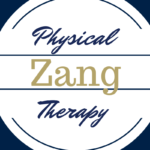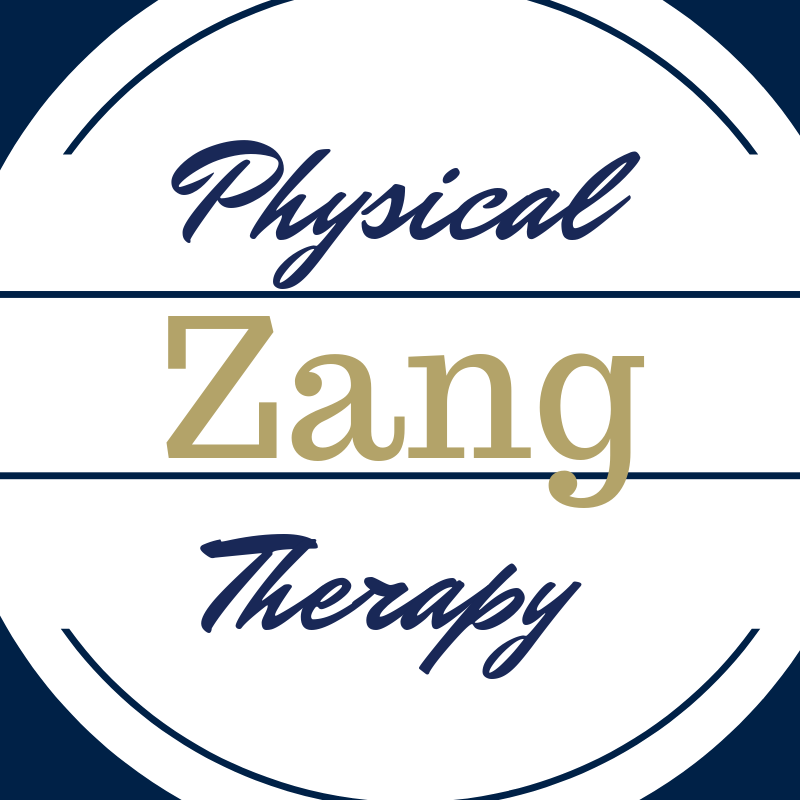Golfer’s Elbow is very similar to Tennis Elbow except for the location. With Golfer’s Elbow, the person will report pain on the inside vs outside of the elbow.
The main cause of Golfer’s Elbow is often chronic strain of forearm muscles, in this case the muscles that help with gripping. This could result from repeatedly gripping/swinging not only a golf club but also other repetitive household or work tasks involving gripping/twisting.
We must remember simply because one has pain of the inner elbow does not mean it is Golfer’s Elbow. Other issues such as an ulnar nerve injury or ulnar collateral ligament (UCL) injury may occur due to strain or trauma. With a nerve injury a person will tend to have not only elbow pain but also numbness or tingling into the forearm or hand. UCL injuries are more commonly known for their relationship to Tommy John surgery in baseball players. That said, other individuals can develop similar issues based on activities.
For the ease of discussion, I will keep the focus on the “simple” Golfer’s Elbow. Under ordinary circumstances, the strain of the muscles in the forearm can be easily addressed. This is done by reducing the frequency or intensity of the provoking activity. If unable to, then we would be looking to modify the activity to reduce strain. For golfers, this may include reducing the number of balls hit, playing 9 vs 18 holes (in the short term), less time spent on driving range or possibly even club selection if you notice a specific club bothers the elbow more.
From a treatment standpoint, the goal is to reduce any swelling or inflammation with icing or anti-inflammatories. Next, creating a balance of the forearm and finger muscle strength and flexibility is important.
In addition, making sure motion, strength, and flexibility at the shoulder and wrist is also necessary. Interestingly enough, increased strain at the elbow can be a direct result of issues at the shoulder or wrist. Meaning a lack of motion or mobility in one key joint can negatively impact the elbow. Also, for those with chronic Golfer’s Elbow, examination and treatment of the neck and/or upper back may prove helpful. For many it is difficult to see the relationship, but all our pieces are connected.
Many with elbow pain seek to self treat at home seeking general exercises they find online or suggested by a friend. Some may also take advice from a golf pro. And while they may know GOLF, they do not know the human body as well as medical professionals. When it lasts long enough many will seek care from a doctor. This is all well and good, but the injection that may follow is where issues can present. While it may reduce the pain, it DOES NOT/WILL NOT address the reason the problem began in the first place.
By not addressing the root cause, the pain will likely come back once the injection wears off. Not only this, but injections have been found to reduce tendon and tissue quality and strength. Meaning more significant damage, including tendon rupture have been know to occur. (Don’t think it can’t happen to you – I’ve seen it happen in both young and middle aged folks).
What to do? Seek help from a licensed healthcare professional. Someone who can put the pieces together to help you return to doing what you love (but without the pain). Don’t know who to turn to? Try a physical therapist – we are the muscle and joint experts who do not provide pills, injections, or surgery. That plus, we can work with any trainer or golf pro you may also be working with to help maximize your return to golf.
